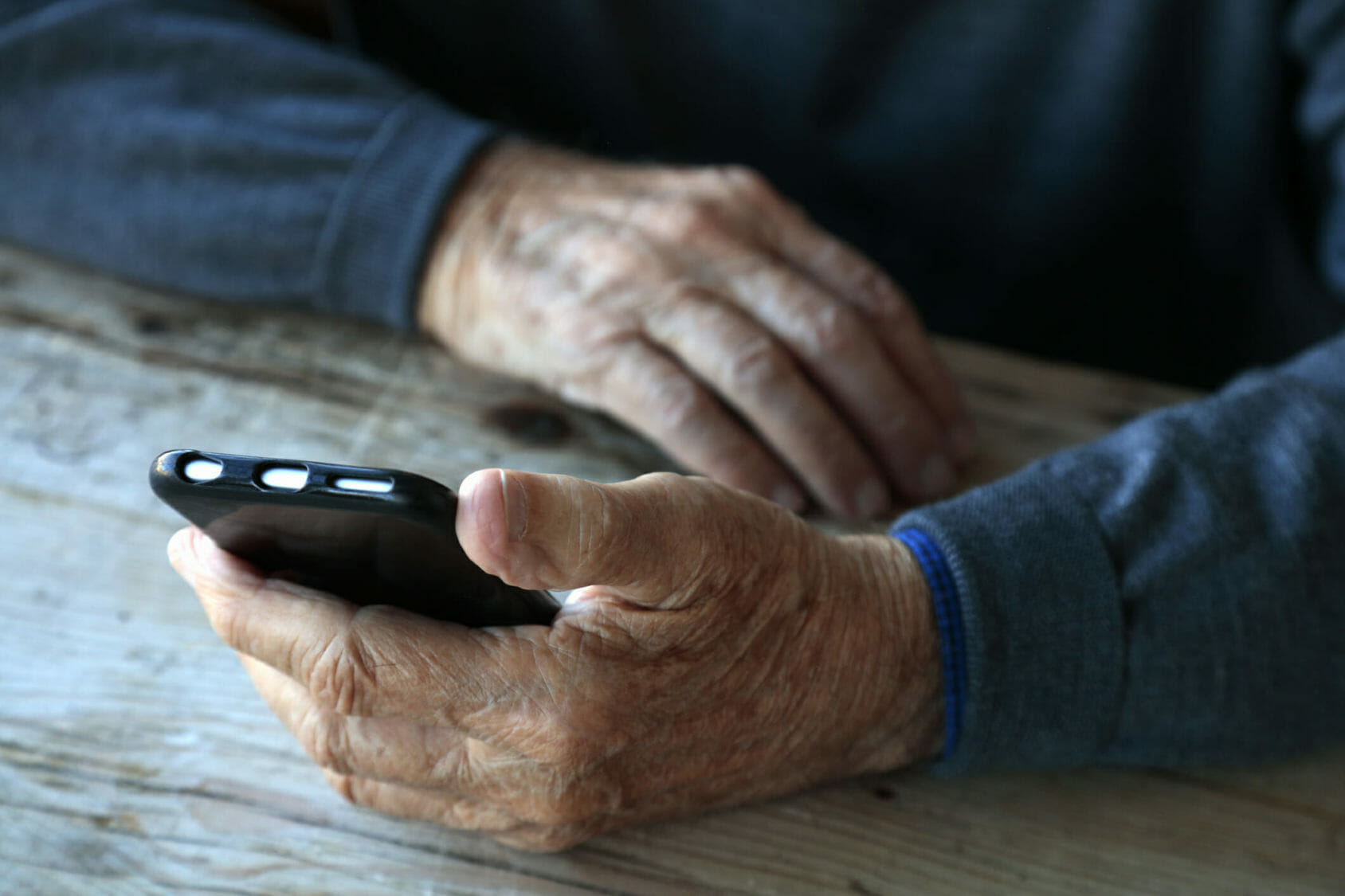
Between 2019 and 2021, remote physiologic monitoring via wearables and mobile apps soared by more than 1,300% among Medicaid users, a new study shows.
Women, people in metropolitan areas, and those with diabetes or hypertension used the technology the most, according to the report published Monday in Health Affairs. Usage varied by states, though, the authors noted.
Investigators looked at data from the Transformed Medicaid Statistical Information System Analytic Files (TAF) to examine remote physiologic monitoring use among those who use Medicaid. Data revealed that use of the technology increased, from 2.1 recipients per 100,000 people in January 2019 to 29.6 people per 100,000 as of December 2021. While there was no remote physiologic monitoring use in Vermont in 2021, 217.7 recipients per 100,000 beneficiaries used the technology in New Jersey that year.
Why the disparities? As of March 2023, 34 states had policies on reimbursement for remote physiologic monitoring. Every state except for Vermont billed remote physiologic monitoring claims in 2021, despite the lack of documented policies in some states.
The rate of remote physiologic monitoring use in 2021 was more than 30% higher in states with reimbursement policies compared to states without. That usage translated to 69.9 recipients per 100,000 Medicaid beneficiaries in states with policies, compared to 53.7 recipients per 100,000 in states without policies.
The researchers identified more than 5,600 providers who billed Medicaid claims for remote physiologic monitoring in 2021, but more than half of all the claims that year were from 5% of providers — 283 in total. Internal medicine, general practice and family practice doctors were billed for remote monitoring claims the most. Of about 98.5 million Medicaid beneficiaries in the database during 2021, almost 67,000 had claims for remote physiologic monitoring devices.
Though device usage among Medicaid beneficiaries seemed to have plateaued in late 2021, it was still higher than in early 2020.
“The growing interest in and increasing reimbursement for remote physiologic monitoring services offer promising opportunities for improving chronic disease management and patient outcomes, particularly among the Medicaid population, which comprises the most vulnerable and underserved populations in the United States,” the authors wrote.



